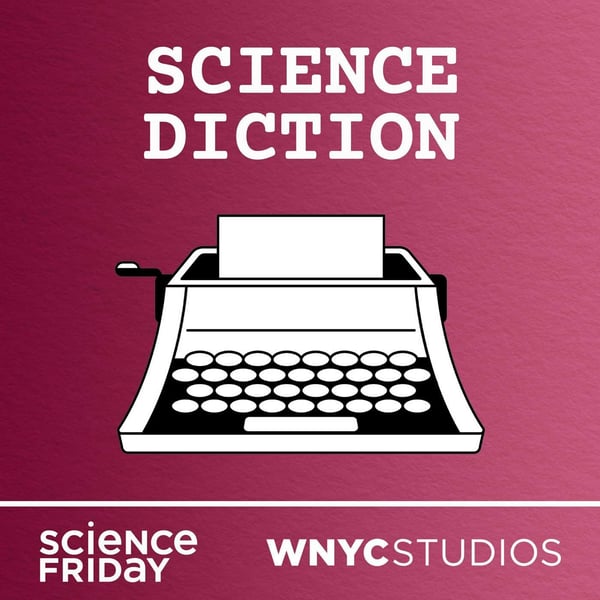Mesmerize: The 18th Century Medical Craze Behind the Word
Science Diction
Science Friday and WNYC Studios
4.8 • 610 Ratings
🗓️ 9 February 2021
⏱️ 17 minutes
🧾️ Download transcript
Summary
Transcript
Click on a timestamp to play from that location
| 0:00.0 | In the late 1700s, Parisians were captivated by a new doctor who'd come to town, practicing some very peculiar medicine. |
| 0:10.0 | The doctor was bringing groups of patients into dimly lit, eerily decorated rooms, walking around them, waving his arms over their bodies. |
| 0:19.2 | Sometimes he would touch them with a magnetic iron wand. |
| 0:23.1 | Patients would cry, sweat, shriek, burst into laughter, or even convulse. |
| 0:28.9 | But then, they appeared to emerge healed. |
| 0:34.0 | Some said it was all a hoax, that the treatments only worked when people believed in them. |
| 0:39.7 | Reporter Katie Thornton. |
| 0:41.5 | But patients were flocking to this new doctor. |
| 0:44.7 | And one thing was for certain, people were responding to his strange new treatments. |
| 0:50.3 | He was said to have cured pain, delirium, bouts of rage, vomiting, even blindness. |
| 0:55.6 | He even had the Queen of France enwrapped. |
| 0:58.9 | Spoiler alert, it was not the magnetic wand that worked the magic. |
| 1:03.6 | But there was something about this doctor in his unusual practices that did seem to work. |
| 1:10.2 | Something that's still used in treatments today. |
| 1:13.8 | This doctor had his patients mesmerized. That's actually what some people called it, mesmerism, |
| 1:20.6 | because the doctor's name was France, Anton, mesmer. From Science Friday, this is science diction. |
| 1:28.6 | I'm Johanna Mayer. |
| 1:29.6 | And I'm Katie Thornton. |
| 1:30.8 | And today we're talking about the word mesmerize. |
| 1:51.4 | When you think of being mesmerized, you might not immediately think about a visit to the doctor's office. |
| 1:57.1 | You probably think of a lover who renders you spellbound. That's how we've used the word mesmerized since 1862, when the protagonist in a London novel found himself daydreaming as if against |
| 2:03.4 | his will about his love interest's eyes which mesmerized him. It was like the protagonist had no |
... |
Please login to see the full transcript.
Disclaimer: The podcast and artwork embedded on this page are from Science Friday and WNYC Studios, and are the property of its owner and not affiliated with or endorsed by Tapesearch.
Generated transcripts are the property of Science Friday and WNYC Studios and are distributed freely under the Fair Use doctrine. Transcripts generated by Tapesearch are not guaranteed to be accurate.
Copyright © Tapesearch 2025.

